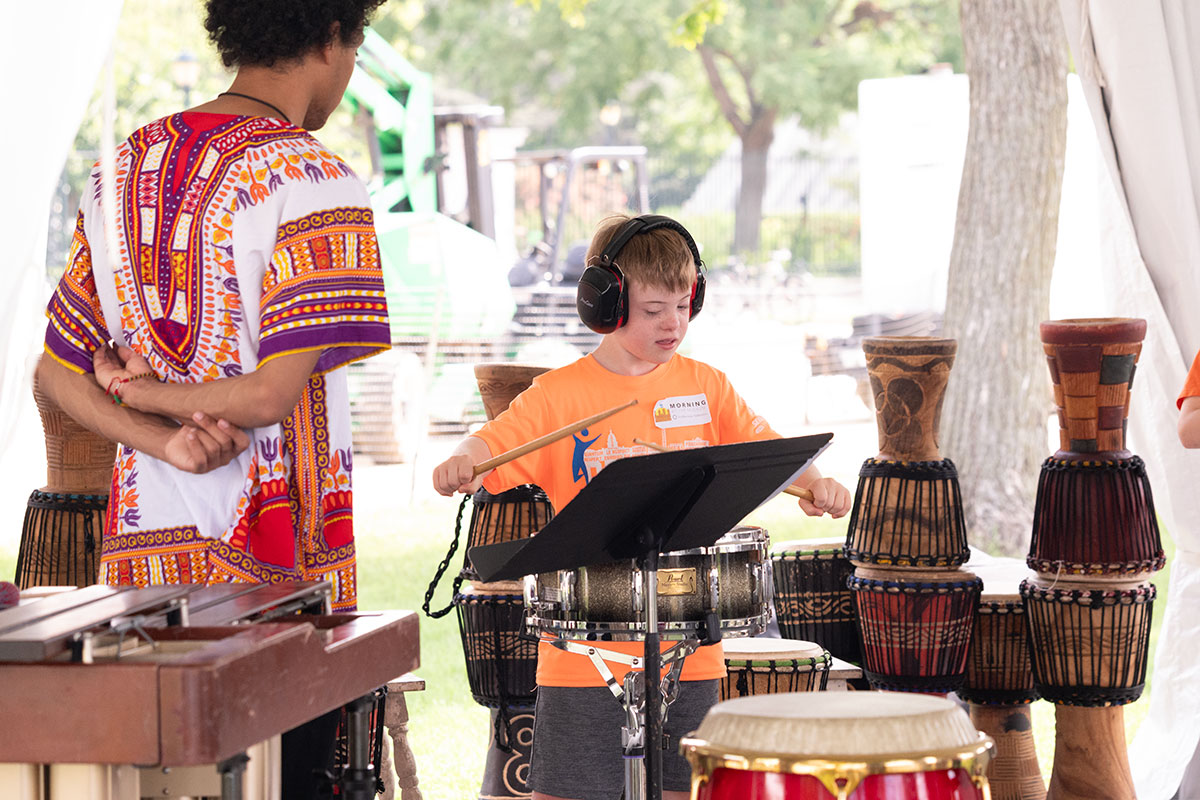Understanding Accessibility and Its Evolution
Accessibility has become a focal point in various sectors, especially as society continues to strive for inclusivity. The intersection of youth activism and legislation reflects a movement across generations, dedicated to enhancing accessibility in everyday environments. As this year marks the thirty-fifth anniversary of the Americans with Disabilities Act (ADA), we recognize not only the progress made but also the ongoing efforts needed to advance a more equitable landscape.
Historical Context of the ADA
Since its signing on July 26, 1990, the ADA has laid the groundwork for essential accessibility services and educational initiatives. The stipulations of the ADA require public facilities to provide necessary accommodations, such as allowing service animals and ensuring communication access. However, the need to go beyond these requirements remains paramount, especially in institutions striving for broader inclusion.
The Role of Institutions
Institutions like the Smithsonian have taken notable steps toward achieving this goal. Through various programs tailored to accessibility, they endeavor to welcome every individual into their spaces. The collaboration between accessibility teams, lawmakers, and community advocates is crucial to creating a more welcoming atmosphere for all.
Innovative Accessibility Programs
This summer, the Smithsonian Folklife Festival offered a vivid example of such initiatives. Their accessibility team executed plans that integrate services from the beginning stages of event planning to ensure a wide-reaching impact. As Diane Nutting, the team manager, points out, “Accessibility works best when you think about creating an experience that’s accessible from the beginning.” This approach ensures that everyone can engage meaningfully with their environment.
Morning on the Mall: A Case Study
One standout program is “Morning on the Mall,” which provides families an opportunity to enjoy the festival in a less overwhelming environment, free from the usual crowds. The creation of this program stemmed from community feedback, addressing the specific needs of families with special requirements. Larissa Kunynskyj, accessibility program coordinator, emphasized the significance of sharing these offerings to foster community inclusion.
Impact of Accessibility Services
Accessibility services at events, such as American Sign Language interpretation and sensory guides, aim not just to meet ADA standards but to exceed them. Tori Baker from the accessibility team articulated the philosophy best: “The ADA is the very bare minimum of access.” This perspective drives the festival’s initiative to facilitate a welcoming experience for all, regardless of their needs.
Creating Inclusive Experiences
The introduction of sensory maps is an excellent example of how innovative thinking leads to better design. These guides highlight areas that may present sensory challenges, empowering individuals to navigate according to their comfort levels. Such thoughtful adaptations benefit everyone, not just those with identified disabilities.
Empowering Future Generations
In recognizing the legacy of disability rights, younger advocates bring fresh lenses to age-old challenges. Many are more vocal about their experiences, leveraging technology and social platforms to raise awareness. With an increasing number of individuals embracing their identities without shame, meaningful conversations about accessibility flourish.
The Voice of the Youth
This wave of youth activism isn’t just about awareness; it’s also about actionable change. Young people like Bella Pulliam are championing discussions that address the importance of public spaces being universally accessible. Their courage to advocate serves as a reminder that every voice counts in the quest for genuine inclusivity.
Tourism and Accessibility
As we consider the implications of the ADA and youth activism on diverse sectors, the travel and tourism industry must also adapt. It’s vital that all tourists feel at home, regardless of their physical or mental challenges. Accessible tourism isn’t just about compliance; it’s about enhancing experiences and perceptions across the board, ensuring everyone can fully enjoy their adventures without hurdles.
Embracing Accessibility in Travel
Tourism companies that prioritize accessible design will not only expand their clientele base but also enhance the overall experience for all visitors. Whether it’s through technology, improved service designs, or tailored experiences, the tourism sector stands to benefit significantly from making their offerings more inclusive.
Conclusion: Experience Accessibility
Engaging with this topic sheds light on its profound impact. Even the most heartfelt reviews can’t capture the nuances of personal experience. Individuals now have access to book their journeys with ease on platforms like GetExperience.com, connecting them with verified providers and diverse options at reasonable prices. As such, planning a trip should encompass an experiential travel program, ensuring access is available for all. Book now, GetExperience.com.
In summary, the celebration of Disability Pride Month alongside the ADA anniversary reminds us of the ongoing efforts toward accessibility. The essence of tourism is to connect individuals to experiences, and a commitment to inclusivity directly enriches those experiences. Future initiatives in accessible travel not only uplift individuals with disabilities but also enhance the cultural fabric of society as a whole.

 Honoring the ADA Anniversary and Youth’s Role in Accessibility">
Honoring the ADA Anniversary and Youth’s Role in Accessibility">